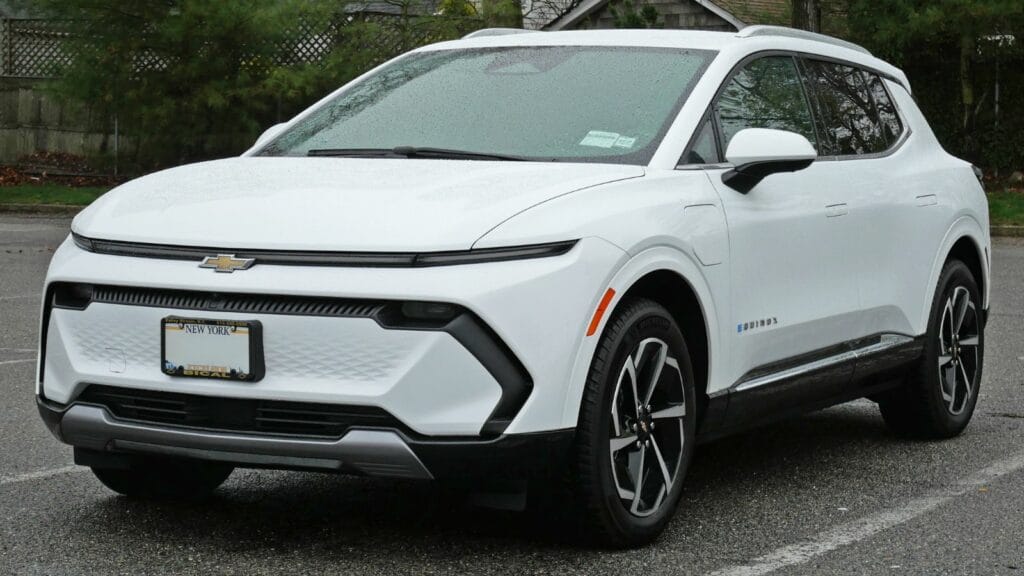Electric SUVs are flooding the market. Every major automaker now has one, and some have entire lineups devoted to them. Ford has the Mach-E, Hyundai the Ioniq 5, Kia the EV9, GM the Blazer EV, and the list goes on. Even luxury and performance brands like Porsche, BMW, and Mercedes are all-in. Yet despite this electric gold rush, buyers aren’t rushing to take the wheel. Dealer lots are filling up, incentives are climbing, and consumer excitement has started to cool. The problem isn’t a lack of choice anymore it’s a lack of confidence.
The Electric SUV Boom That Came Too Fast
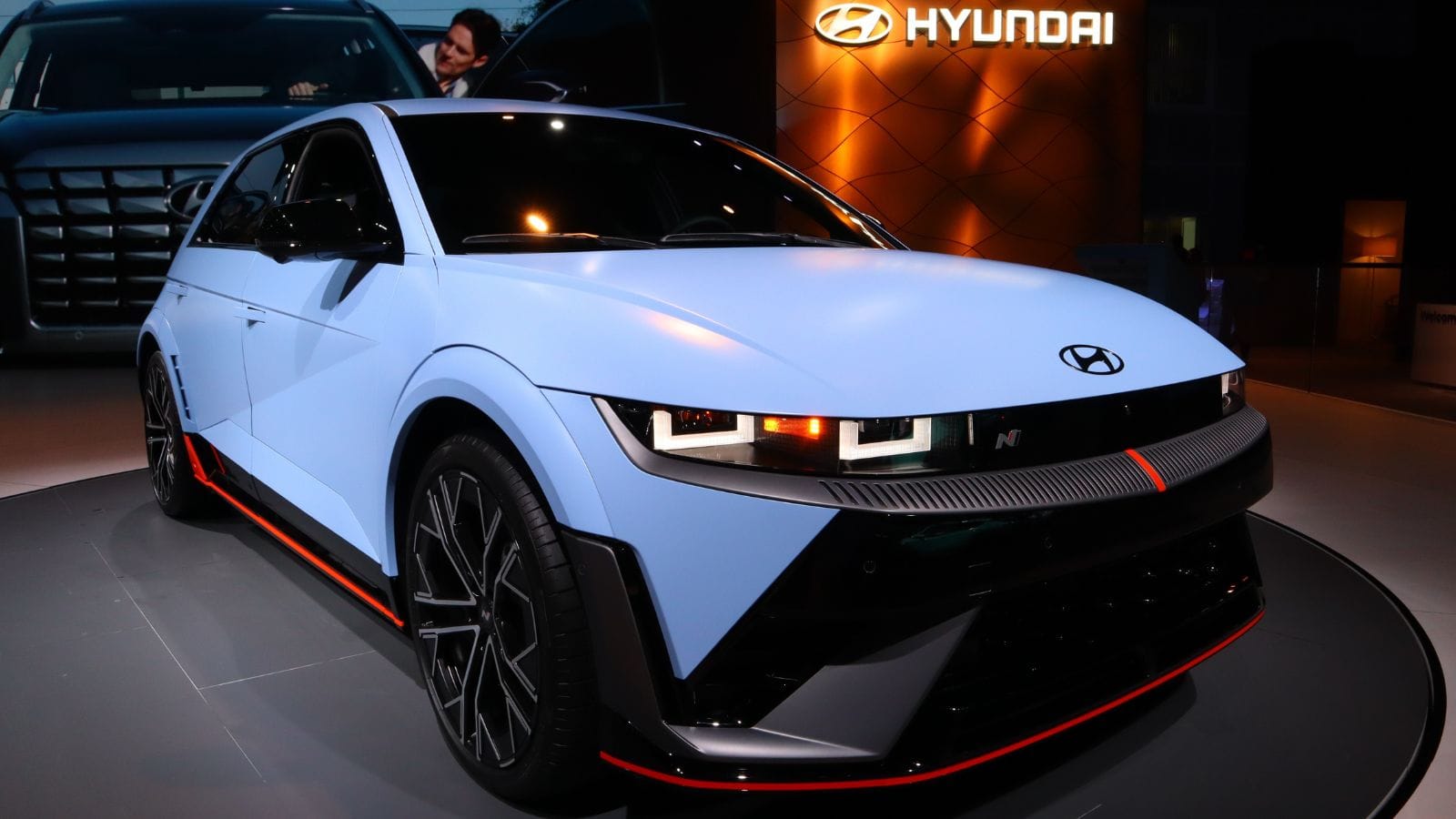
In just five years, electric SUVs went from a novelty to an expectation. Automakers saw early EV success stories and assumed every buyer was ready to go electric. Billions were poured into new factories, battery plants, and design programs. But what looked like perfect timing on paper turned out to be premature.
The shift happened faster than the infrastructure could keep up. Charging stations remain inconsistent, battery materials are expensive, and the global supply chain still struggles to meet demand efficiently. Automakers bet on exponential growth, but what they got instead was a cautious market still trying to figure out how EVs fit into daily life.
Consumers love the idea of electric power the instant torque, smooth acceleration, and quiet ride are addictive. But those perks haven’t erased the lingering concerns about cost, range, and practicality. The SUV body style may have been the right shape, but the market wasn’t quite ready for the revolution.
Price Shock and the Value Problem

The sticker price of an electric SUV remains one of the biggest obstacles to mass adoption. Even as manufacturing costs fall, most EVs still carry a significant premium over gas-powered equivalents. That gap is enough to turn off many mainstream buyers who are already stretched thin by inflation, rising interest rates, and higher insurance premiums.
A $50,000 electric crossover may look futuristic, but to most families, it’s still out of reach. Automakers argue that lower running costs and fewer maintenance expenses balance the equation, yet that message hasn’t fully landed. Buyers see the upfront price first and in a competitive market, first impressions matter most.
In Canada, this problem is amplified by regional differences. Federal rebates only apply to certain models, and provincial incentives vary wildly. In Quebec and British Columbia, EV ownership is booming thanks to stronger subsidies and better infrastructure. But in provinces like Alberta or Saskatchewan, EV adoption remains slow, driven by higher electricity costs, longer travel distances, and cold winters that sap battery performance.
Charging Frustration and Real-World Anxiety

For many potential buyers, the dream of electric driving fades the moment they think about charging. At home, EV ownership makes sense plug in overnight and wake up to a full battery. But for apartment dwellers, renters, or long-distance commuters, things get complicated.
Public charging remains patchy and unreliable in much of North America. Even when stations are available, downtime, slow chargers, and lineups can turn a quick errand into an hour-long wait. Road trips require planning, apps, and a bit of faith. For buyers accustomed to the simplicity of gas, that’s a hard sell.
Winter weather adds another layer of concern. In cold regions, batteries lose efficiency, and drivers can see their range drop by 30 percent or more. Charging slows down in freezing temperatures, and heating the cabin drains energy quickly. Automakers are improving thermal management and preconditioning systems, but the perception that EVs are unreliable in winter persists.
The Psychology of Hesitation

Much of the resistance to electric SUVs isn’t just practical it’s emotional. Buyers have decades of familiarity with gasoline vehicles. They understand how they work, what they cost, and how far they can go. EVs, on the other hand, still feel unfamiliar and a little risky.
The anxiety isn’t just about range. It’s about ownership. How long will the battery last? What happens if it needs repair? Will it still hold value five years from now? These are questions automakers haven’t answered clearly enough. Without trust, buyers hesitate especially when they’re being asked to pay more for a product that feels unproven.
And then there’s identity. For many North Americans, cars represent freedom and reliability. The idea of having to plan routes around charging stops or depend on a network that sometimes fails doesn’t align with that image. Automakers can’t just sell technology; they have to sell confidence.
Dealership Disconnect
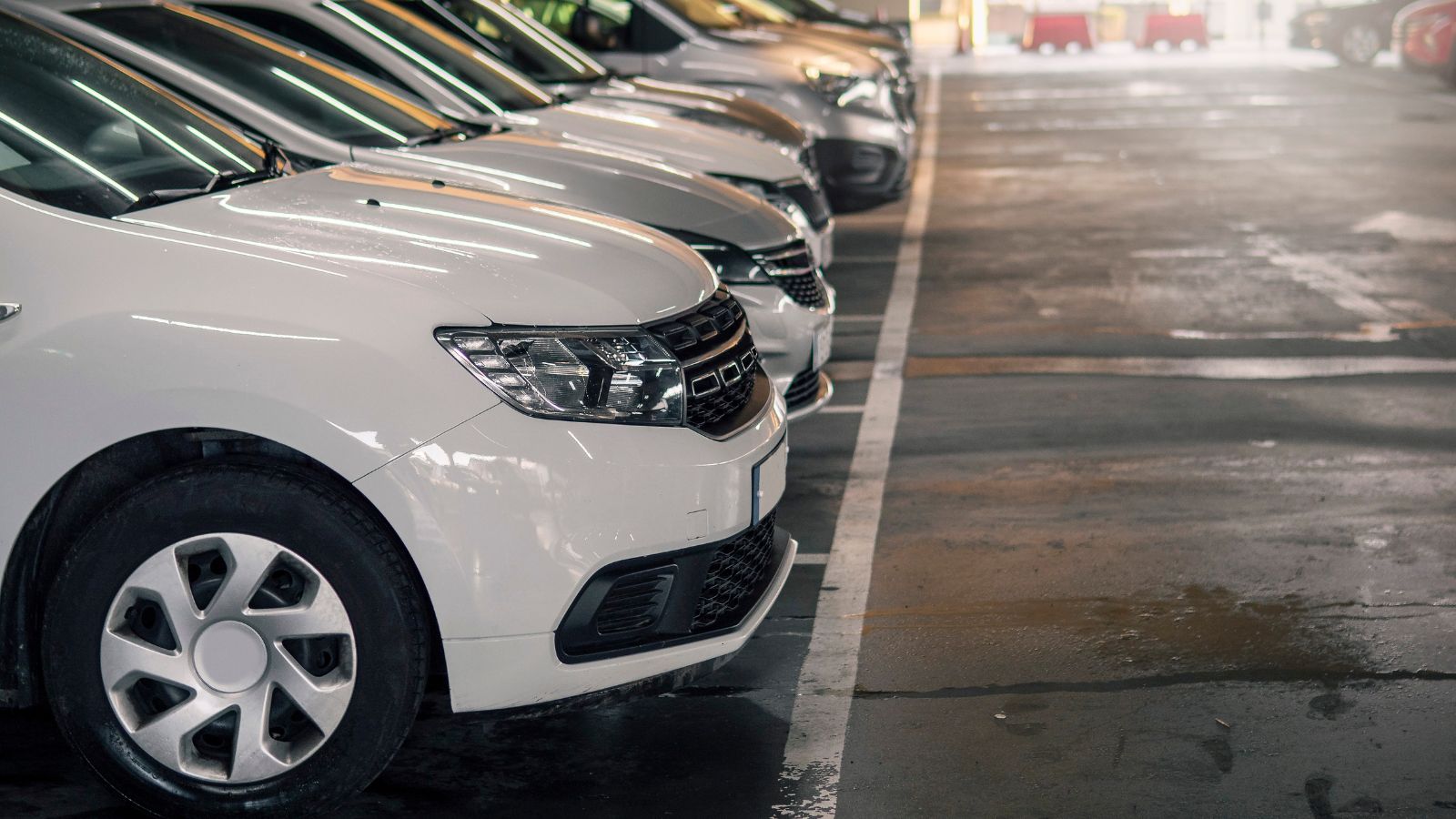
The sales floor has become another battleground. Many dealerships still struggle to sell EVs effectively. Salespeople often have limited training or enthusiasm, especially when commissions on gas vehicles remain higher. Some even steer customers away from EVs altogether because they fear the unknowns of maintenance, trade-ins, and resale value.
This disconnect creates a gap between the product and the consumer experience. Shoppers who walk into showrooms looking for answers often leave more confused than when they arrived. Automakers have begun investing in EV education programs and dedicated “electric specialists” at dealerships, but consistency is lacking. Until that experience improves, the adoption rate will continue to lag.
Marketing the Wrong Message

For years, the EV message has centered around saving the planet and reducing emissions. While that resonates with some buyers, it doesn’t move the needle for everyone. The average family choosing between a gas and electric SUV isn’t just thinking about carbon footprints they’re thinking about budgets, convenience, and peace of mind.
Automakers are starting to learn that buyers need tangible, personal reasons to switch. That means emphasizing fun, performance, comfort, and technology. The Hyundai Ioniq 5 sells not because it’s green, but because it’s stylish, quick, and practical. The Ford F-150 Lightning’s success comes from showing that electric power can still haul, tow, and work hard.
Consumers don’t want to feel preached to. They want to feel empowered and that means focusing less on ideology and more on experience.
Infrastructure Is the Missing Link

Governments and automakers both recognize that public charging networks are critical to mass adoption. But expansion has been slower than promised. In many areas, stations are too far apart or unreliable, and private companies struggle to maintain profitability without steady usage.
Tesla’s Supercharger network remains the most consistent and accessible, which is why nearly every automaker is now switching to its plug standard. That’s a big step toward solving interoperability headaches, but it will take years before the full transition is complete. Until charging becomes as convenient and universal as refueling, hesitation will persist.
Automakers Are Shifting Strategy
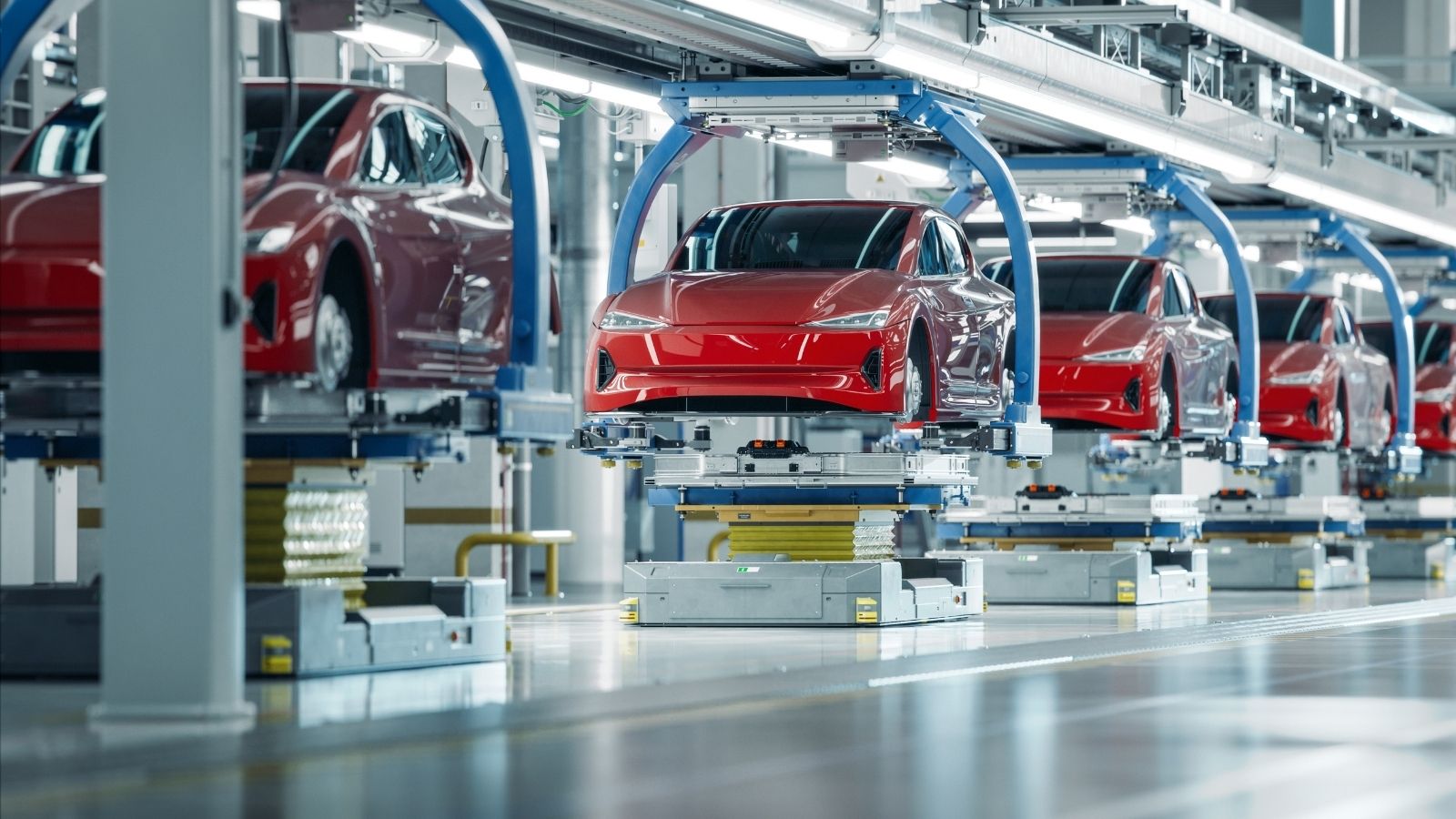
The slowdown in EV sales has forced automakers to rethink their approach. Many are delaying new launches, trimming prices, and doubling down on plug-in hybrids as a bridge technology. This hybrid approach gives consumers the familiarity of gasoline with a taste of electric convenience a compromise that’s proving popular in uncertain times.
Others are focusing on software and ownership experience, not just range or speed. Subscription-based charging plans, home installation packages, and over-the-air updates are becoming selling points. The goal isn’t just to sell a car anymore it’s to sell a system that makes owning an EV easy.
The Road Ahead
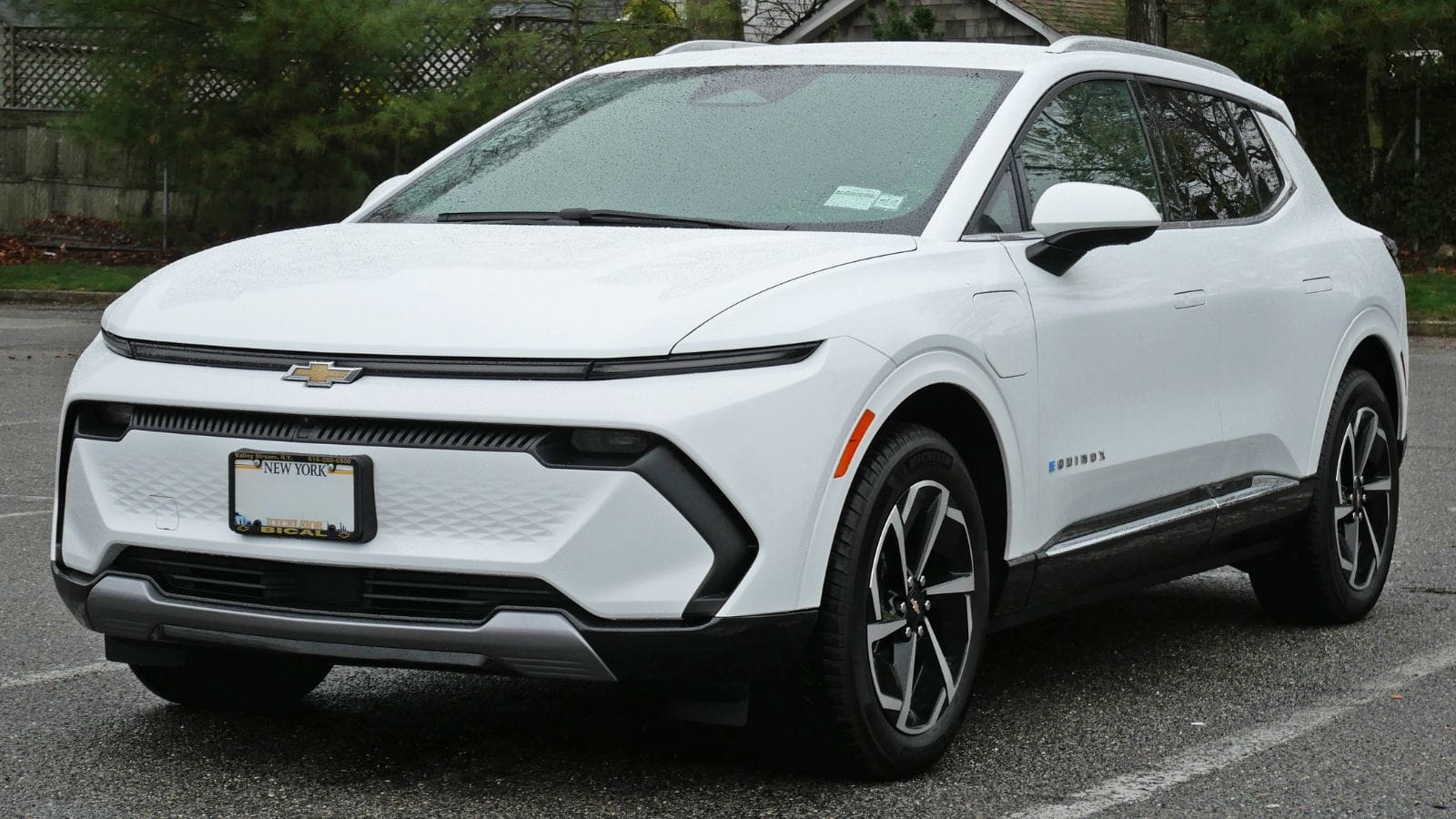
The electric SUV revolution isn’t failing it’s maturing. The early rush to electrify created excitement but also confusion. Now the market is slowing down just enough for buyers to catch up, ask harder questions, and demand better value. Automakers that can provide clear answers, lower prices, and reliable infrastructure will win the next phase of this race.
In the end, it’s not about horsepower, range, or screens. It’s about trust. Consumers will embrace electric SUVs not when they’re told to, but when they truly believe they’re the smarter, simpler choice. The technology is ready it’s the psychology that still needs charging.
25 Facts About Car Loans That Most Drivers Don’t Realize

Car loans are one of the most common ways people fund car purchases. Like any other kind of loan, car loans can have certain features that can be regarded as an advantage or a disadvantage to the borrower. Understanding all essential facts about car loans and how they work to ensure that you get the best deal for your financial situation is essential. Here are 25 shocking facts about car loans that most drivers don’t realize:
25 Facts About Car Loans That Most Drivers Don’t Realize
